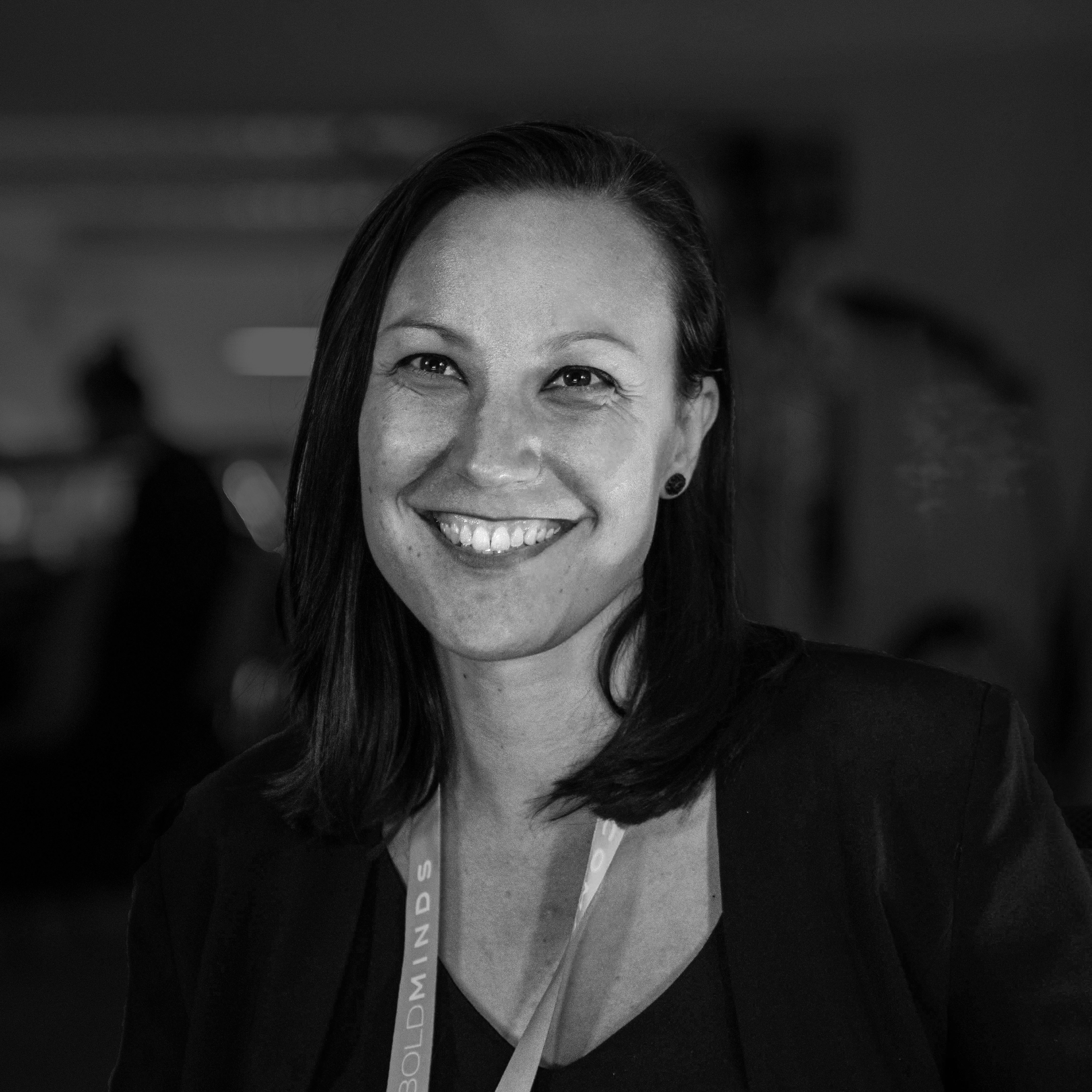




MOTTO/MISSION:
I am BOLD because…
I push the boundaries of our understanding of the natural world.
INTERVIEW
Please, describe your innovation, short and sweet.
In my research career, I’ve worked in the fields of genetics and genomics, from discovering mutations that lead to diseases to encoding digital information in DNA. Despite the diverse topics, DNA has been the common thread connecting them all.
Which challenge is this tackling?
We are running out of space to store all the worlds digital data, which is an insane amount. The global datasphere consists of tens of zettabytes of digital data (1 zettabyte is equal to 1 trillion gigabytes). We not only rely on digital data in our daily lives but it has now become our recorded history and it is relatively fragile. DNA storage has the potential to address many of the challenges of exponential data growth.
How exactly do you do that?
DNA itself is essentially a storage medium that has been optimized over billions of years to store the information needed for a single cell to develop into a human being. DNA storage has the potential to solve digital storage problems by allowing us to store data on DNA with density and longevity unmatched by human-made devices.
What technologies are you using?
When it comes to DNA storage, there's a lot of information theory involved. Actually, the idea of storing data in DNA was proposed back in the 1950s by a physicist named Richard Feynman. However, it's only in the last decade that scientists have been actively working on turning DNA data storage into a practical solution. So, it's like a combination of an old idea that has become new and exciting again. And we now have the technology to make it a reality.
DNA storage – how does it work?
Believe it or not, storing digital data in DNA is quite straightforward. It's not that different from storing zeroes and ones (bits) on any other storage medium, like a hard drive.
The main difference is that instead of keeping the data as zeroes and ones, we convert them into the DNA alphabet. The DNA strands are made up of four letters: A, T, C, and G, which represent different building blocks of DNA. Theoretically, we can store up to two bits of data in each of the 4 DNA letters. So, for example, the binary code “00” can be translated to the DNA letter A, "01" becomes C, "10" becomes G, and "11" becomes T. Essentially, we're just converting the binary code into the DNA alphabet.
We can also use coding schemes similar to those used for binary data. However, there are some biological constraints to consider when storing data on DNA.
For example, DNA strands can only be synthesized up to a certain length before the error rate increases significantly. We also want to avoid certain configurations of DNA letters, which can lead to errors when synthesizing (writing) or sequencing (reading) the DNA.
We can discard DNA strands that don't meet these biological constraints. In terms of data storage, a byte in binary systems contains 8 bits or 0s and 1s
Are there any specific hurdles?
When storing data in DNA different types of errors can happen due to the limitations of the DNA synthesis and sequencing processes. For example, longer DNA strands or sequences can have a higher error rate, meaning that mistakes may occur when reading or writing the data.
However, scientists are constantly improving the technologies to minimize these errors. Additionally, by carefully selecting and discarding DNA strands that don't meet certain biological constraints, we can enhance the accuracy and reliability of DNA storage.
Is this the same process that takes place during a DNA test?
The sequencing part is the same. For example, if you want to find out about your ancestors, you basically spit in a tube, then your DNA will be extracted and sequenced. Eventually a digital text file with your unique set of mutations and their position in the genome. Here’s where I often lose people: you could store the digital version of your genome (which is just a text file) in synthetic DNA. Any digital data can be stored in DNA>
Do you have to freeze the DNA then to make it durable?
DNA is quite fragile on its own, but as long as you keep it cold and dry then it’s stable for tens, hundreds, even thousands of years.
What are the biggest challenges with DNA storage?
One of the main challenges is making DNA storage cost-effective, is synthesizing or writing the DNA. Synthetic DNA, which is not derived from a living organism, can be produced using a chemical process that has been used in laboratories since the 1970s.
However, a key concern is anticipating how people might misuse this technology for malicious purposes. For instance, synthetic DNA could be created and planted at a crime scene to frame someone. Therefore, it’s important to consider potential risks and ensure responsible use of the technology.
The intention behind DNA storage is to provide a reliable means of storing data, especially since most records are now in digital format. While traditional methods like stone tablets and books are reliable, they lack the capacity to store large amounts of information efficiently.

